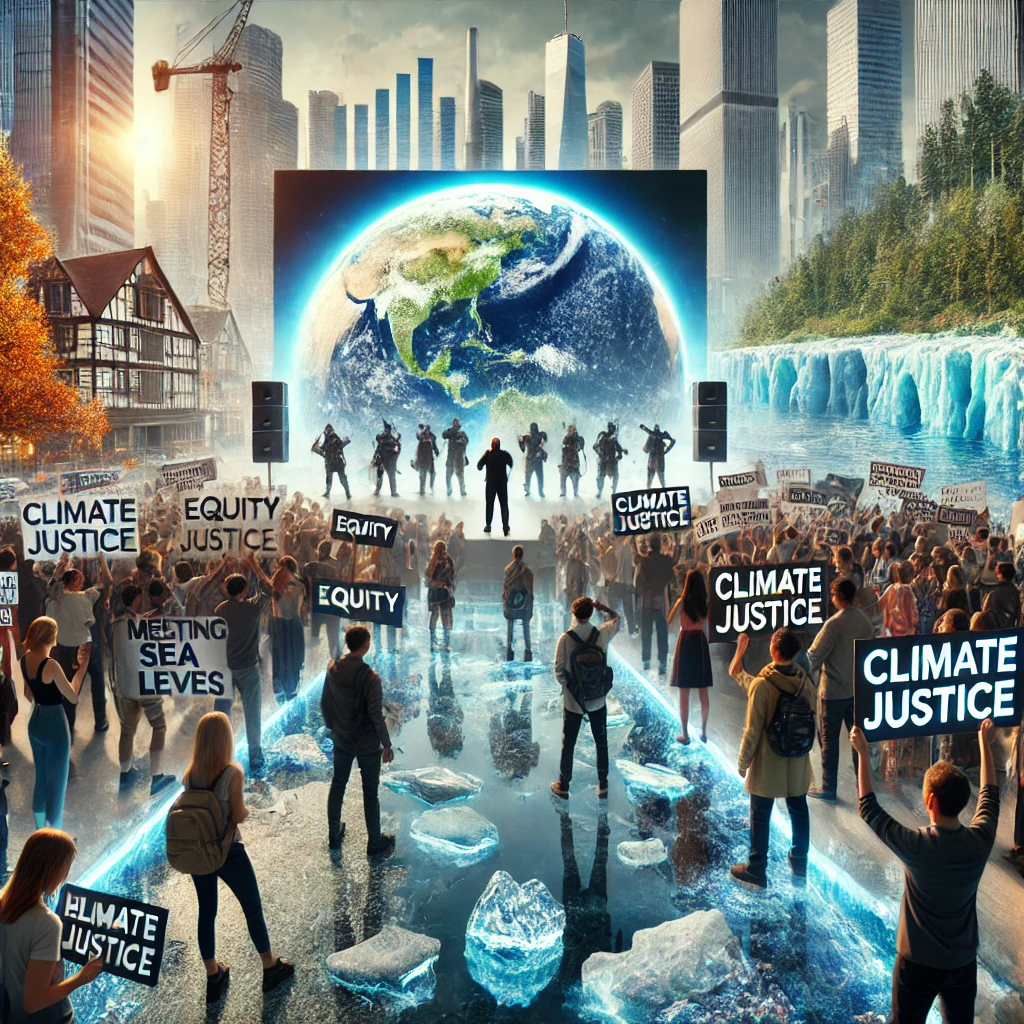Introduction: Climate Change and the Global Economy
Climate change is more than an environmental issue; it is also a matter of economy. Interlinking ecosystems with economies, changes in a warmer planet affect numerous industries, countries, and ways of living. Changing temperatures, catastrophic weather, and changing ecosystems affect the economic principles that have driven the functioning and success of an economy for generations. The understanding of these economic consequences is not just important but absolutely necessary to a resilient and sustainable future.
Sectoral Disruptions and Economic Vulnerabilities
The agriculture sector is often described as the backbone of many economies. Climate change poses deep challenges to this sector. Unpredictable weather patterns disrupt crop cycles, leading to reduced yields and threatening food security. Droughts, floods, and heatwaves exacerbate these challenges, driving up food prices and straining supply chains.
It has also reached its crossroads-the energy sector. Fossil-based fuel industries are going under increasing scans, while alternative renewable energy appears in the form of a savior. Transition towards green energy becomes an opportunity to spur economic development but requires very heavy investment as well as innovations to overcome preliminary costs and problems in logistics.
Rising costs of natural disasters
Natural disasters fueled by climate change, such as hurricanes, wildfires, and floods, impose staggering financial costs. These events damage infrastructure, disrupt communities, and strain public resources. Insurance companies face mounting claims, leading to higher premiums and, in some cases, the withdrawal of coverage from high-risk areas.
These costs extend beyond immediate recovery. Damaged transportation networks, power grids, and communication systems hinder economic activity long after the disasters themselves. Rebuilding efforts, while necessary, divert resources from other critical investments, creating a cycle of vulnerability.
Global Trade and Supply Chain Disruptions
Climate change has a vast impact on trade and supply chains. Rising sea levels threaten the major ports of the world, while extreme weather events disrupt shipping routes. Regions dependent on stable climates for resource extraction and agriculture face diminished productivity, creating bottlenecks in global trade.
These disruptions cascade through the interconnected supply chains, increasing costs and reducing efficiency. Businesses are now having to factor in climate risks in sourcing materials and logistics, therefore increasing complexities in international commerce.
Climate Change Amplifies Economic Inequality
Climate change disproportionately affects the world’s most vulnerable populations. Developing nations, often reliant on agriculture and lacking robust infrastructure, bear the brunt of its impacts. Coastal communities face displacement due to rising sea levels, while inland regions grapple with desertification and resource scarcity.
It exacerbates existing wealth disparities. Wealthier countries and populations can spend on measures of adaptation, like flood defenses and air-conditioning systems, whereas poorer communities are left to deal with the consequences. Climate-induced poverty and migration then add to these inequalities, growing tensions on the socio-economic front globally.
Climate Mitigation and Adaptation Investment
While the challenges are immense, climate change also presents economic opportunities. Investing in renewable energy, sustainable infrastructure, and green technologies can drive economic growth while reducing emissions. Solar and wind energy, for example, have become increasingly cost-competitive, creating jobs and diversifying energy portfolios.
Policy and private sector initiatives are essential. Governments can encourage climate-friendly practices through subsidies and tax breaks, while businesses can lead the way by implementing sustainable operations. These investments will not only reduce climate impacts but also build resilience against future challenges.
The Path to a Sustainable Economic Future
Aligning economic growth with environmental goals is key to a sustainable future. Transitioning to circular economies, energy efficiency, and nature-based solutions can balance development with conservation.
Green economies provide a transformative vision. Prioritizing sustainability fosters innovation, reduces inequalities, and enhances quality of life. This new economic model focuses on long-term prosperity rather than short-term gains, ensuring a planet that supports both people and profit.
Conclusion: Turning Challenges into Opportunities
Economic impacts are not denied, but the situation poses an opportunity for change. It can be turned around when these challenges are understood and invested in sustainable solutions by the global community. The pathway forward requires common action, trailblazing innovation, and commitment to a shared future in which economies can thrive together with the environment.

